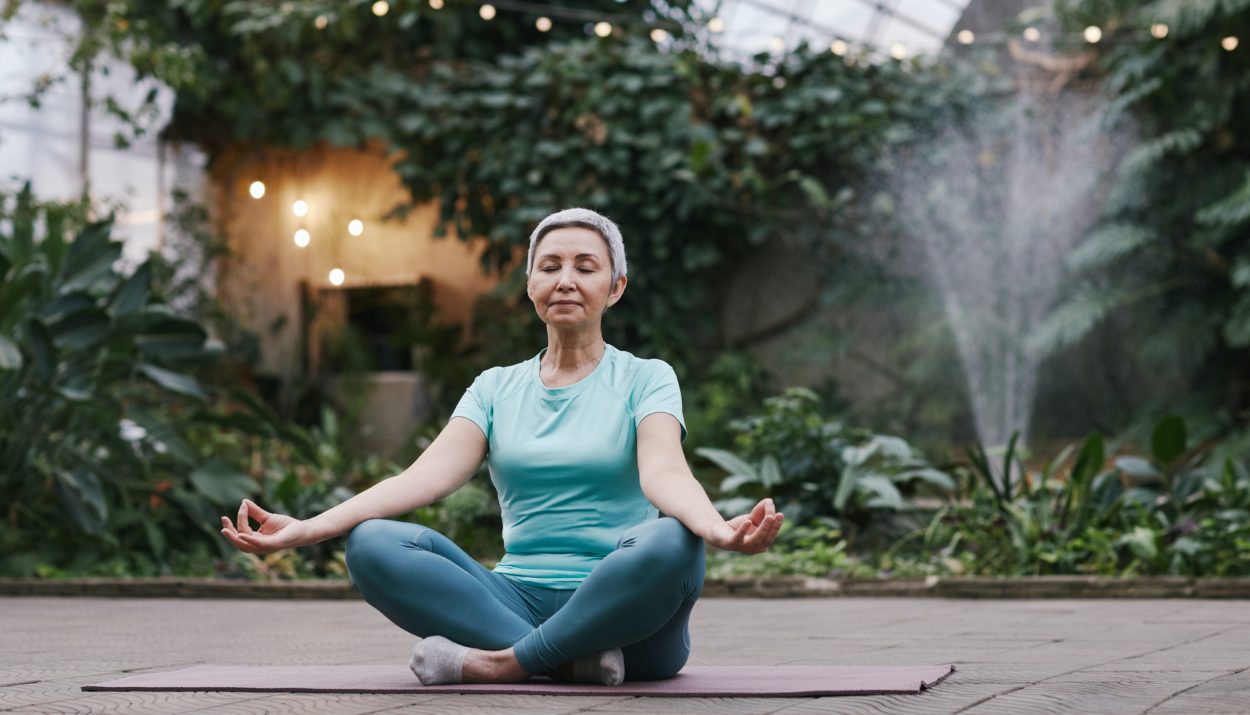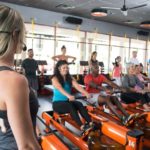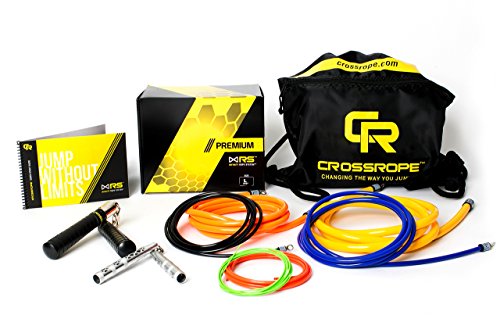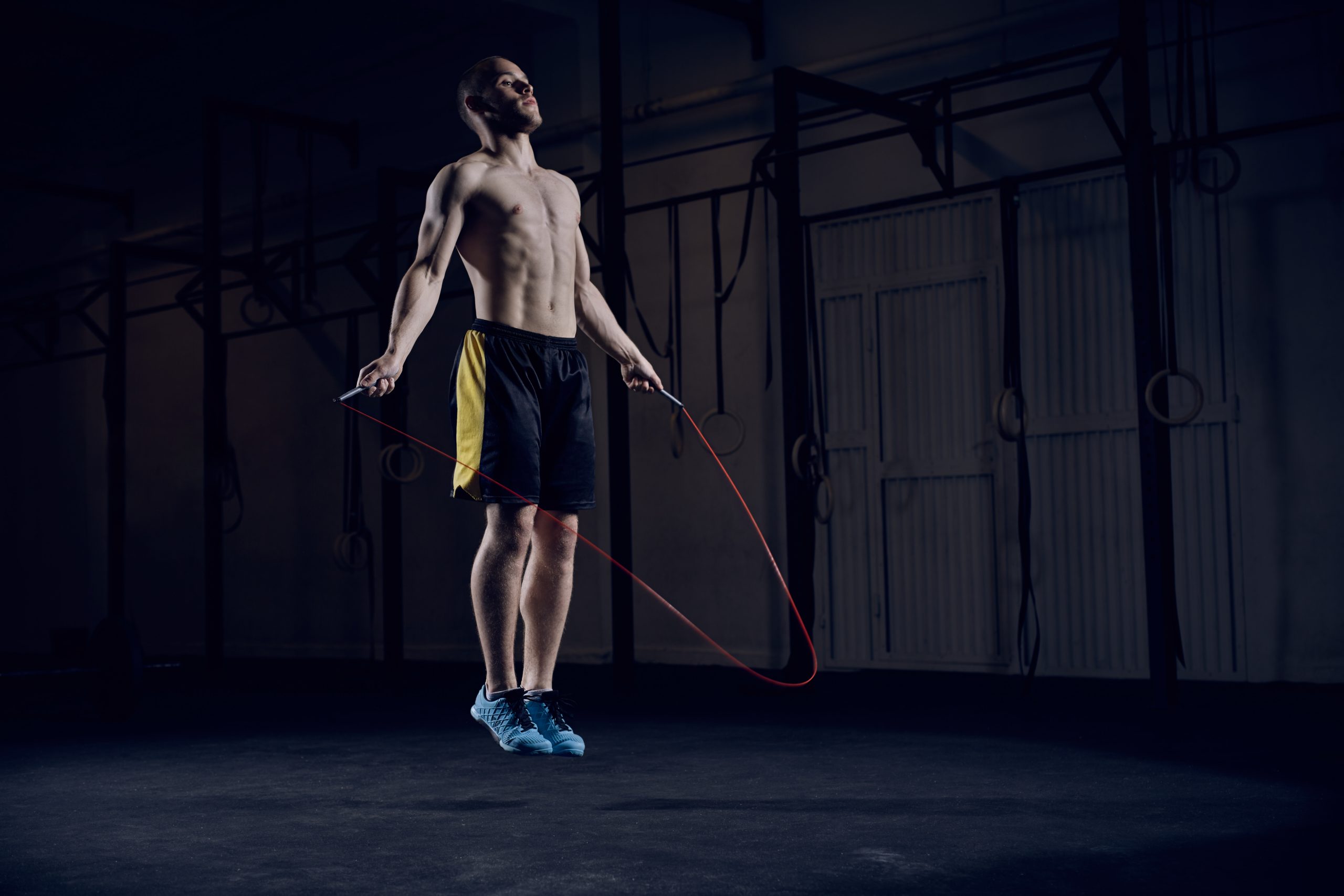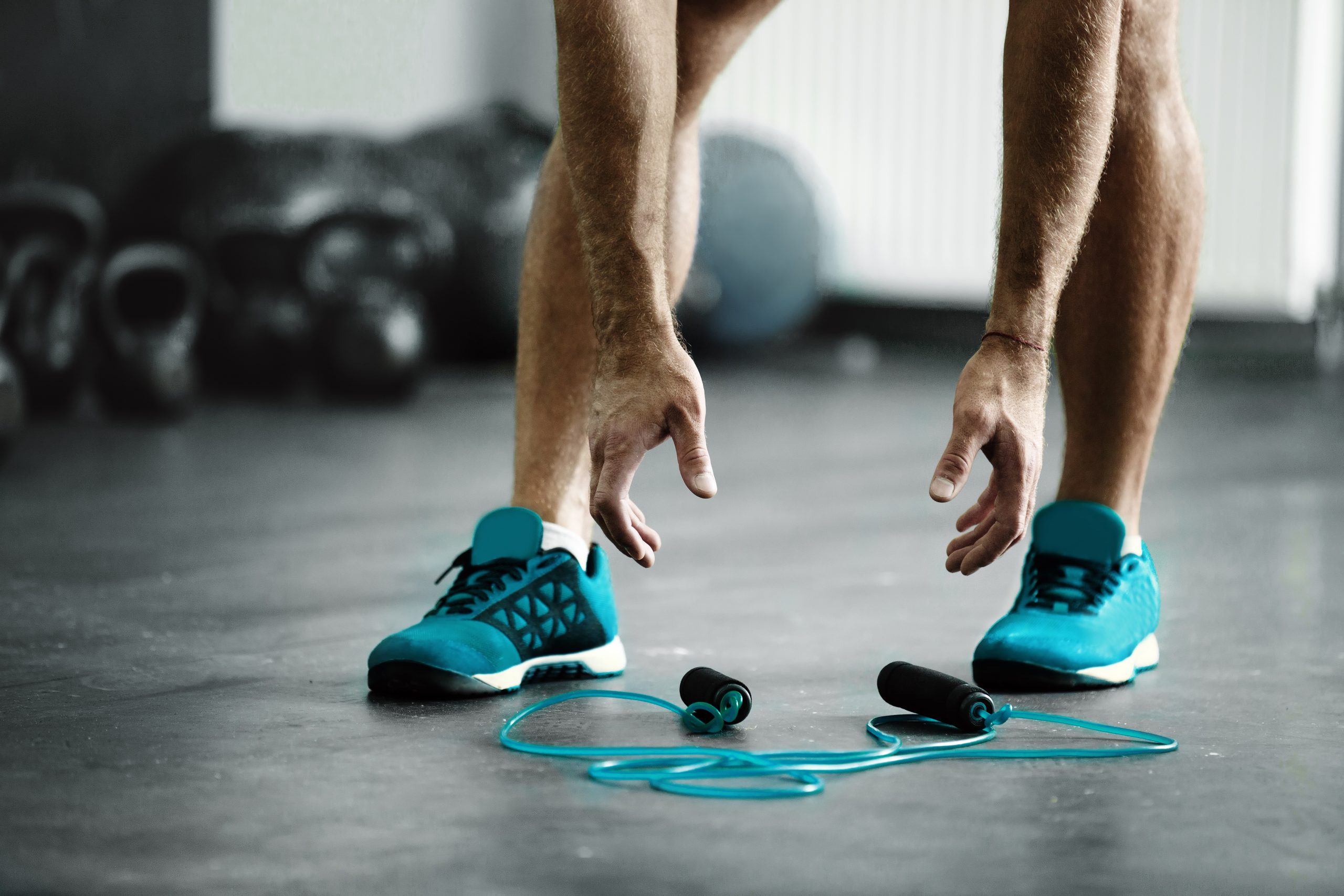Many yoga poses are said to improve your posture and help reduce pain in your back, neck, and shoulders, but what exactly does that mean? And how can you be sure that you’re using the right yoga tools to make this happen? When it comes to yoga wheels, do they really help your posture? If so, in what ways? You don’t have to spend a lot of money on any one tool in order to improve your posture, but you should know what’s out there and which ones will be the most helpful.
In this post, we’re going to focus on yoga wheels and their ability to help improve your posture.
What are yoga wheels?
A yoga wheel is a circular apparatus that fits under your body when you’re practicing poses such as Warrior II or Downward-Facing Dog. The wheels—usually made of wood, foam or PVC—typically roll along your spine and can improve posture by forcing you to straighten up from a slouching position.
The small roller provides stability during these more challenging poses while adding little extra weight to distract you. While they’re not exactly mainstream in American culture, they are widely used by yogis in countries like India, where yoga originated. Many practitioners claim that using a yoga wheel significantly reduces neck pain and overall improves posture.
Yoga wheels for neck pain
Neck pain can be caused by a variety of factors including worn muscles, injuries, nerve compression, and more. When we feel neck pain, it can be very uncomfortable, and in some cases, we may struggle to move our neck side to side or up and down.
Yoga wheels are typically made of soft yet sturdy foam that feels comfortable against your skin. Some yoga wheels for neck pain have a more solid interior and ridged exterior, but most have one or more spikes which provide extra traction as you move your body into position.
As you use the yoga wheel, you may feel some relief right away in the form of pops or cracks. However, you should use them only as a short-term solution to treat your neck pain and soreness. Experts recommend that if you do use a yoga wheel for neck pain, do so with supervision of an experienced professional or health care provider.
Yoga wheel for dowager’s hump
The dowager’s hump, or kyphosis, is a condition where your upper back has an exaggerated curve and your head juts forward. It typically occurs as a result of poor posture that leaves you slouching over for hours on end. This can lead to a variety of different ailments in addition to bad posture such as neck pain and headaches. To prevent these conditions from developing, improve your posture with a yoga wheel.
Using a yoga wheel exercises muscles in your chest, shoulders and upper back that are critical for good posture; it also strengthens muscle groups like your arms and legs which are important postural stabilizers but often neglected when focusing on improving your posture and relieving pain. Just as importantly though, using a yoga wheel is just plain fun!
Yoga wheel for hunchback
A hunchback is formed when we’re continually bending forward or sitting in a hunched position. Think of it as a physiological hunchback caused by our daily habits and activities. These activities often involve sitting, particularly in front of computers or working with our hands; both cause us to round forward and repeat that same posture over and over again, even after we’ve left work or school. This repeated rounding forward causes deterioration of our posture muscles and ligaments, leading to chronic tightness and stress on our backs—especially around shoulder blades— causing permanent effects on the structure of our bodies. That’s where yoga wheels come in!
The rounded forward posture is caused by chronic contraction of our pectoralis major, a large muscle in our chest wall. When we’re in pain and our muscles are contracted, it is even more difficult to let go. Hence yoga wheels can help us improve these postures as they allow us to easily stretch our chest, spine and shoulders which relieve pain. They also allow for stretching of deltoid muscles that helps you take down tension from traps or your upper back that gets accumulated with hunchbacks.
All in all, if you have been searching for a solution to treat your own hunchback then a yoga wheel might be what you need!
How to use a yoga wheel
Yoga wheels are not difficult to use. Place your yoga wheel on a hard, flat surface, then lie down on it with your spine in the center of it. Roll slowly back and forth for 10 minutes to loosen up muscles in your upper and lower back. The motion will feel like you’re rowing a boat back and forth.
You can also use the yoga wheel for posture problems whilst standing up. Stand up and place the yoga wheel against the wall. Stand facing backwards to the wheel and press on it with your back. Then roll up and down by bending and straightening your knees.
Summary
When you stand up, your spine should be straight and aligned—but that’s not the case for many. Instead, they suffer from a dowager’s hump, an abnormal curve in their neck and upper back, or general hunchback from repeated slouching. This can lead to back and neck issues that are usually exaggerated as you age, and muscles begin to break down.
The only way is to seek treatment through physical therapy or exercise – and even then, your doctor might recommend surgery for permanent correction of your posture. However, yoga practitioners claim that using a yoga wheel can improve posture by stretching muscles and ligaments so that they function more effectively. If you’re struggling with posture problems, be sure to get yourself a yoga wheel to try it at home before your condition worsens.

